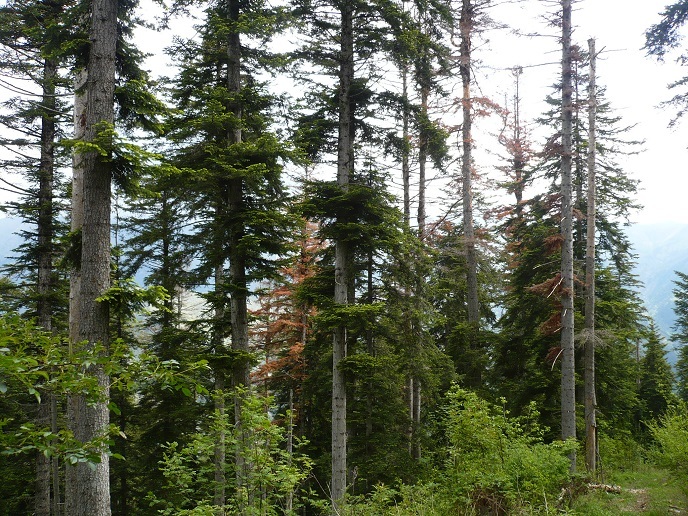Protecting mankind and the environment for the next 100 millennia
A Spanish company specialising in radioactive residual has been investigating and subsequently defining the most advanced Bentonite barriers for nuclear waste deep repositories. As a result they have been able to present the relevant design concepts and safety functions using predictive models to assess potential performance consequences. The purpose of Bentonite within the complete nuclear waste barrier container; is to provide a buffer between the low porosity of the granite bedrock and the extremely corrosive resistant copper canister. The canister houses a steel insert radiation shield, which also sustains mechanical stability, whilst the radioactive waste pellets are sealed in the zircalloy tubes. Bentonite is a mixture of various clays that have an inherent particle diameter of less than 0.002 millimetres, and other compounds including quartz, calcite, gypsum, sodium chloride, pyrite and feldspar etc. However, because of the miniscule and random particle size arrangement, the movement of any water molecules into available Bentonite particle diameters is severely disrupted. Whilst completeness and consistency of available databases has also been discussed, a Features, Events and Processes (FEP)s database, which is differentiated for both granite and clay has been established. The existing FEP parameter descriptions consist of the following components, ID and name, description, main sources of description, discussion of potential treatment in performance assessment, related FEPs comments and references. Having obtained multiple theoretical studies, laboratory experiments and natural analogues etc. these findings conclude the finding of Bentonite barriers in the integrated performance assessment (BENIPA) project. The end results have been complied into a project handbook of relevant data for Bentonite safety assessments, which will heavily influence the future FEPs of Bentonite processes.







